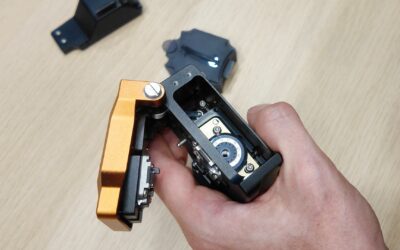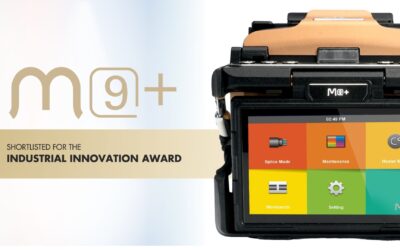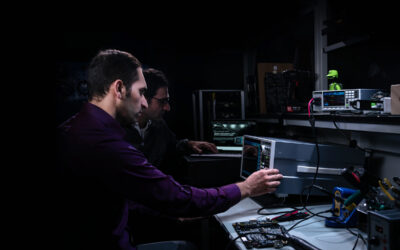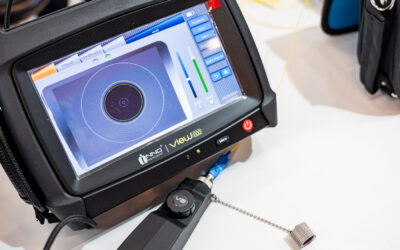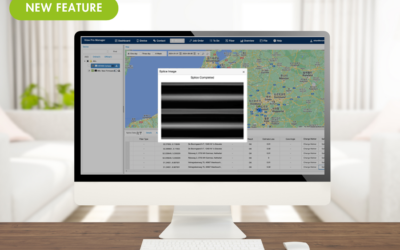For those new to fiber optic splicing, it’s important to grasp the fundamental differences between core alignment and cladding alignment. These two methods are critical in ensuring efficient and effective connections within fiber optic networks. Here’s a simple guide to help you understand these concepts better.
What is Fiber Optic Splicing?
Fiber optic splicing is the process of joining two optical fibers end-to-end to create a continuous optical path. The main goal is to fuse the fibers so accurately that light can travel through them with minimal loss. This is essential for maintaining high-speed and reliable communication networks.
Core Alignment
Core alignment is a method that uses advanced imaging and light detection systems to precisely align the fiber cores. This technique is highly accurate and ensures that the light traveling through the fibers experiences minimal loss. Here are the key aspects of core alignment:
- High Precision: Core alignment offers exceptional accuracy, typically within a few micrometers, making it ideal for applications where low signal loss is critical.
- Advanced Technology: This method uses sophisticated cameras and lenses to view and align the cores of the fibers. The system adjusts the fibers in multiple directions to achieve perfect alignment.
- Versatility: Core alignment can be used for both single-mode and multimode fibers, making it suitable for various applications, including long-distance and high-bandwidth networks.
- Advantages: Low Signal Loss: Ensures minimal signal attenuation, which is crucial for high-performance networks.
- High Reliability: Provides consistent and repeatable splicing results.
Active Cladding Alignment
Cladding alignment, on the other hand, aligns the outer layers (cladding) of the fibers, assuming that if the claddings are aligned, the cores will also be aligned. This method is quicker and more cost-effective but less precise compared to core alignment. Here’s what you need to know about cladding alignment:
- Simplicity and Speed: Cladding alignment is simpler and faster, making it suitable for field applications and situations where high precision is not essential.
- Cost-Effective: This method is more affordable, making it a popular choice for less critical applications where budget is a concern.
- Active Alignment: Relies on the physical alignment of the fiber claddings using V-grooves, which are mototized channels that hold the fibers in place and allow to compensate for any discrepancies.
- Advantages: Faster Operation: Suitable for quick and efficient splicing in non-critical applications.
Choosing the Right Method Of Fusion Splicing
Choosing between core alignment and cladding alignment depends on the specific requirements of your project. For high-precision tasks where minimal signal loss is crucial, core alignment is the best choice. However, for less critical applications where speed and cost are more important, cladding alignment is a suitable option.
To achieve better fusion splice quality, it’s crucial to choose the right type of fusion splicer. Our sales representatives at INNO Instrument can help you select the fusion splicer that best fits your needs and budget. Understanding these differences ensures you get the best performance for your specific project requirements.
